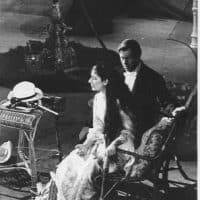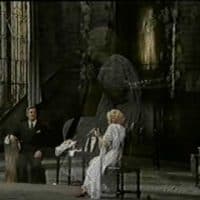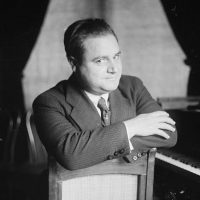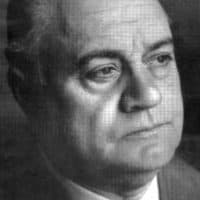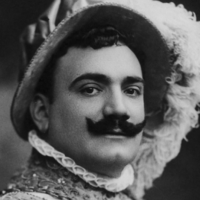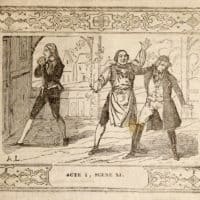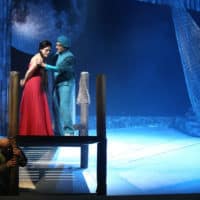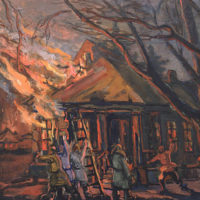Take a look at this triumphal march from a production of Aida at the Metropolitan Opera. Now imagine trying to stage that using only the salaried chorus of a typical opera company–perhaps 40 or 50 singers. The stage would seem pretty empty, and there’d definitely be some grandeur lacking. That’s where supernumeraries come in. Much like the extras who are hired to fill out crowd scenes in movies, supernumeraries (or “supers,” as they are often called for short) provide extra non-singing bodies onstage in operas.

At the Met, being a super is a paid job, but smaller local opera companies make use of volunteers, who perform in exchange for the mere chance to be onstage in fabulous costumes plus free dress rehearsal passes for friends. However, the lack of compensation doesn’t mean that being a super is easy. At most opera companies, super roles require auditions (which involve miming and improvisation) and significant rehearsal time (ranging from weeks to months, depending on the complexity of the scenes in which the supers are involved). Supers have to be engaged and seem realistic in the background of scenes without distracting at all from the characters who are the actual focus. At large opera companies like the Met, a professional supernumerary director has the special task of coordinating supers’ movements onstage and making sure each actor has a character and motivation. (At smaller companies, the stage director handles the supers.)
Some opera productions require just a few supers to act as servants or increase the size of small crowds. Others include staggering numbers of supers. The Met set a record with their 2002 production of Prokofiev’s War and Peace, which included 227 supers (as well as 120 choristers and 52 principals!). Predictably, the Met’s traditional productions of Aida and La Bohème also involve many supers–165 for the triumphal march in Aida and 125 for the Café Momus in La Bohème.

Opera companies will sometimes engage high-profile opera fans as supers to generate interest in the production and thank the fans for their support of opera. U.S. Supreme Court Justices Ginsberg and Scalia, both outspoken opera buffs, appeared as supers in Die Fledermaus at the Washington National Opera in 1994, and again at WNO in Ariadne auf Naxos in 2009.
If you’re interested in wearing gorgeous costumes and getting a super-up-close look at opera, consider filling out your local opera company’s supernumerary application form. They might just need someone like you! If you’re content with watching opera from the audience, pay a little more attention to the supers at the next performance you attend. You’ll notice that their job isn’t quite as easy as it seems, and you might even spot a local celebrity in the onstage crowd.
